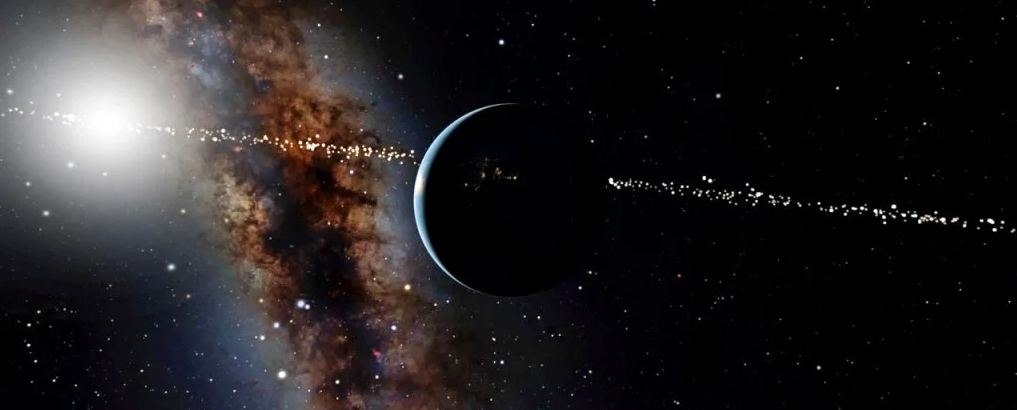An intriguing recent discovery shows us we’re pretty stealing the spotlight in the Universe. If you think Earth couldn’t do that, well, you’re about to change your mind.
A team of bold scientists from the American Museum of Natural History and Cornell University has spotted 2,034 star systems that could watch over Earth from a distance of 326 light-years. How is this possible?
Here is what you need to know.
We Are the Aliens
The team’s discovery comes as surprising as the fact that from the exoplanets’ standpoint, we’re actually the aliens.
The newly found star systems could have spotted our planet since human civilizations rose approximately 5,000 years ago. And that’s not all.
How they made the discovery?
The team used various motions and positions from the ESA’s Gaia eDR3 catalogue to spot which stars enter and exit the Earth Transit Zone. The results are genuinely intriguing.
“Gaia has provided us with a precise map of the Milky Way galaxy, allowing us to look backward and forward in time, and to see where stars had been located and where they are going,” explains Jackie Faherty, a senior scientist at the American Museum of Natural History.Â

Of the 2,034 star systems moving via the Earth Transit Zone, over 10,000 years, the team found:
- 117 space objects about 100 light-years of the Sun;
- 75 objects in the Earth Transit Zone;
- 7 of them host exoplanets;
So, those exoplanets had or will have the chance to see us, just as we have found thousands of worlds orbiting other stars via the transit method.
What’s Next
NASA’s James Webb Space Telescope is now waiting for its big launch later this year. The telescope’s mission includes capturing several transiting worlds to help scientists determine their atmospheres and eventually find any signs of life.
Another ambitious project underway is the Breakthrough Starshot initiative, which will launch a nano-sized spacecraft to the closest exoplanet ever found, around Proxima Centauri (4.2 light-years from Earth).












Leave a Reply